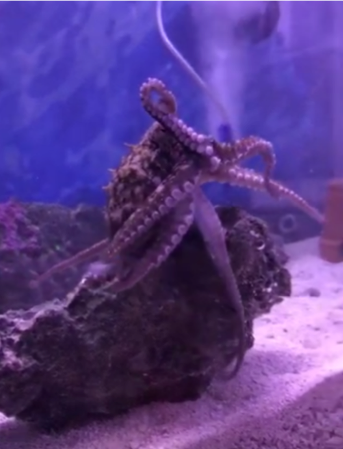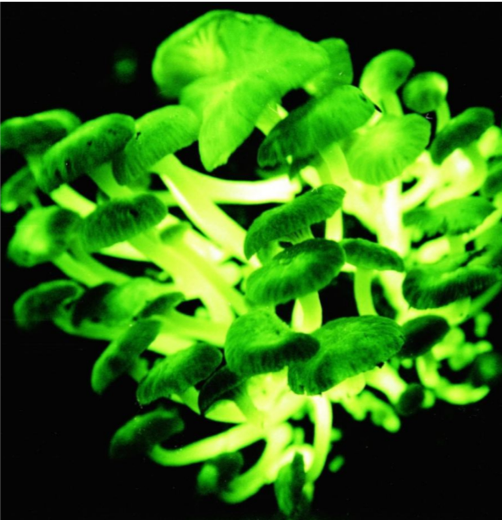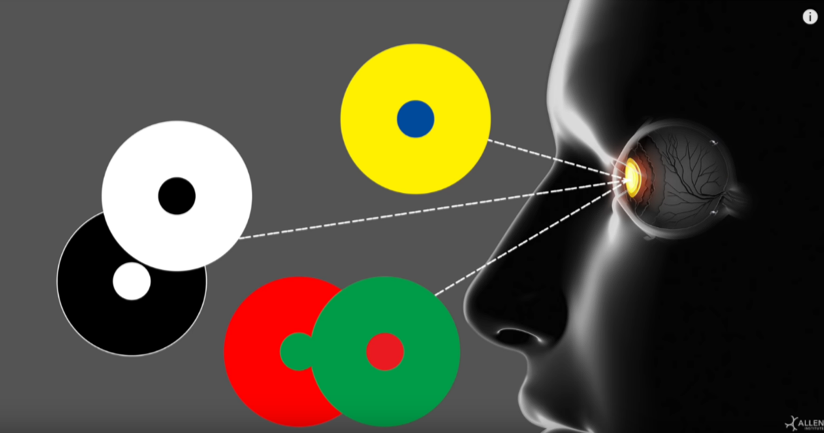Summary: From studying the octopus’s brain to considering important neuroethical questions, the BIA engaged with the public (both in person and virtually) through various 2019 Brain Awareness Week activities.
This March marked the 25th year of Brain Awareness Week, a global effort launched by the Dana Foundation for Brain Initiatives to raise awareness of brain research and its benefits. The BRAIN Initiative Alliance (BIA), made up of several federal and non-federal partners, shares the mission of informing and engaging the public and scientific community concerning scientific successes related to the BRAIN Initiative and what those discoveries mean in a practical way. The BIA members were ready for the special week of brain awareness to share new insights, exciting new research possibilities, and to involve the public in their knowledge of the brain.
National Institutes of Health
Several institutes from the National Institutes of Health (NIH), including the National Institute of Neurological Disorders and Stroke, showcased interactive exhibits and lectures at the National Museum of Health and Medicine in Silver Spring, Maryland. Attendees were able to hold a real human brain, explore its inner workings and see what happens when the brain is altered by disease and drugs.

To understand what each brain lobe does for perception, thinking, personality and behavior, attendees could interact with a Brain Lobe-oratorium®.

NIH scientists spoke about exciting brain research stemming from programs such as the Brain Research through Advancing Innovative Neurotechnologies (BRAIN) Initiative and Helping to End Addiction Long-term (HEAL) Initiative.
National Science Foundation
The National Science Foundation (NSF) is invested in several teams of researchers who are making ground-breaking discoveries and using links from nature to better understand the principles of brain function. During Brain Awareness Week, the NSF shared some of this exciting new research with the public. From studying the brain and nervous system of an octopus to developing artificial whiskers, these teams are dedicated to better understanding the nervous system and overall brain function. One NSF-funded team could very well write an episode for Star Trek, since their research uses light to stimulate neurons into action, and eventually will translate into having a machine that uses actual living neurons to run learning applications.

If you thought bioluminescence was just pretty to look at, NSF-funded researchers are taking it a step further. They are shedding light on how the luminescent properties of glowing organisms – like fireflies, jellyfish, and fungi – can help in the development of “optogenetic” tools. Scientists are using these tools, which use light to turn neurons “on” or “off”, to study how brain circuits generate and control complex behavior.

The Kavli Foundation
The Kavli Foundation highlighted the necessity and importance of neuroethics when it comes to brain research. During Brain Awareness Week, they posed questions on Twitter, such as, “When does an engineered brain have rights?” The Kavli Foundation supports the annual Global Neuroethics Summit, which brings together neuroscientists from all around the world so that they can discuss what safeguards are in place and how ethical considerations can be fully integrated into these developments in brain research.
The Allen Institute
The Allen Institute was active during Brain Awareness Week, sharing content through social media and raising interest and awareness on this complex organ. Links to videos were included each day of the week with a range of topics and interviews with their own neuroscientists. What is involved in modeling the brain? How does the brain perceive color and pattern? How does the brain construct the visual world? These questions were answered in well directed videos posted throughout the week. The Allen Institute also highlighted their large publicly available data resources, and interviewed scientists from around the world who use it.

This special week of activity and involvement from the various members of BIA highlights its mission, that of deepening the understanding of the inner workings of the brain and to use that knowledge to treat, prevent, and cure disorders of the brain. This monumental task requires the collaboration of multidisciplinary teams and the sharing of new discoveries, tools, and knowledge concerning the human mind. The BIA is grateful for the various teams who worked hard to showcase their ongoing dedication and research during Brain Awareness

